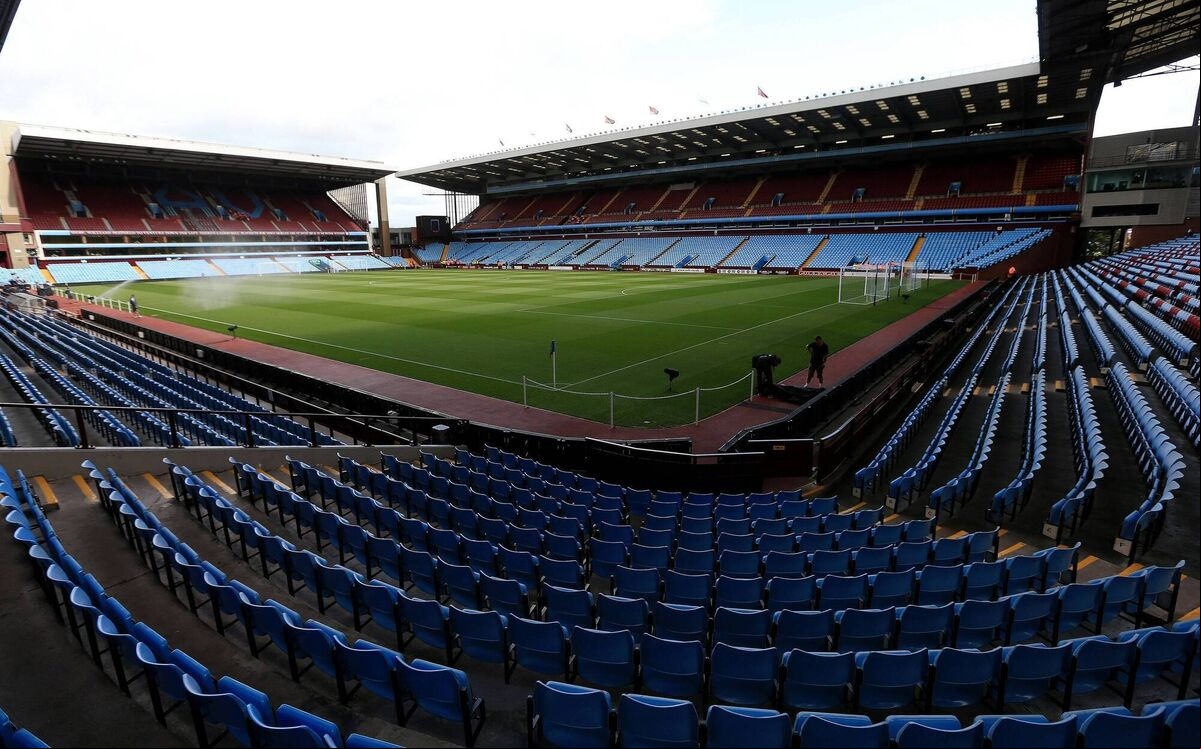Premier League: Spending cap will dramatically change the shape of the league

The Premier League's owners have ed the push for a vote to introduce a spending cap that would limit the expenditures of the clubs in the league.
A COUPLE of weeks ago we discussed the Premier League’s (probably futile) attempt to circumvent the appointment of an independent regulator of the league by the British government. This week, in another attempt to rein in the all too obvious financial excesses of England’s top-flight league, the club owners voted their approval to introduce a spending cap, expected to commence from the start of the 2025/26 season.
Sixteen of the 20 teams in the league voted in favour of the new cap on spending, which is centred around an ‘anchor’ concept that would see clubs having to limit their spending on wages, transfer deals and agent fees to a multiple of the TV revenue generated by the league’s bottom club. Initial estimates have that multiple at 4.5 to 5 times the bottom club’s revenues.
At the moment, the bottom club earns £104m (€121m) if that 4.5 or 5 times multiple is exercised then clubs would be allowed to spend roughly £460m to £500m on the aforementioned wages and fees.
The proposal will be voted on in the Premier League’s AGM in June and the details will be fleshed out at that meeting, but the concept would effectively see clubs be allowed spend 85% of their revenue on squad costs, including player wages, amortised transfer fees and agent fees.
That goes down to 70% for teams involved in European competition, in line with existing Uefa regulations.
The belief is that the cap proposition will be ed comfortably enough at the AGM with maybe just the three clubs that voted against the concept and one abstaining club being the only voices against the final decision.

Manchester City and Manchester United, predictably voted against the idea, while more surprising was the rejection of the plan by Aston Villa. Chelsea were the side that abstained.
City of course were against the idea as the league’s biggest spenders. If the cap is introduced, City would be just a mere £8m shy of breaking the cap on their current spending. Not leaving them much room with inflation to expand their spending in the manner they have grown accustomed to.
Neighbours United would still have the wiggle room of £90m on current spending but as the most successful and most extravagant spender in Premier League history, any curtailment on spending, especially while they are in the middle of the Erik ten Hag rebuilding process would be seen as a threat.

Chelsea would be the only team that would actually have to curtail their spending under the current outlay, with an excess on the cap of about £2m. They too are historically known for their big spending tradition in the Premier League era, so are probably just as against the idea as the two Manchester clubs. They only abstained on the idea as they probably don’t want to be so seen as being too vociferously against it, while the glaring spotlight of investigations is still on them for the historic spending issues related the club.
Aston Villa’s negative stance towards the plan seems like a surprising one, considering their middle to lower spend status in the league would see them allowed a lot more scope to spend more. But it is believed that the ambition of Villa’s owners, V Sports, is so high, that they were on the verge of a breakout spend that would have rivalled even Man City’s extravagant splashing of the cash.

It was noted that the cap shares many of the ideas with American sporting franchises and it is maybe not surprising to see many of the American-owned clubs fall in line with ing the concept. Even though Man United, Villa, and Chelsea are American-run clubs they are far from being run like any US professional franchises even within their same owners’ group.
A spending cap would be of greater benefit to the likes of Liverpool, Arsenal, and Tottenham Hotspur, clubs run with far stricter spending to earnings ratios compared to the likes of Man City and Man United. A cap would force City to think about tightening spending, while they would still have some room to play catch up.
The obvious advantage with this new plan, over the current arrangements, would be to allow lowers clubs a lot more room to rise their spending, legally closing the gap on the bigger clubs, without the fear of gathering the deduction of points as seen by Everton and Nottingham Forest this season, for their relatively marginal overspend of the FFP rules.
The bigger and more successful clubs would still have a big advantage, in that their 85 or 70% spend of £500m is already there, in real , and way more than any revenues the lower sides can realistically dream of ever acquiring. Nevertheless, the gap will close, which has to be good for the game and the league overall.

The PFA (Professional Footballers Association) is also against the cap as it would obviously put a halt on the decades long run of exponential pay increases for players over the years. But maybe the most salient argument against a cap is that it might spell the end of the Premier League’s unique magnetism and its ability to gather brilliant talent from across the continent and beyond that has defined the league’s brilliant success.










 App?
App?







